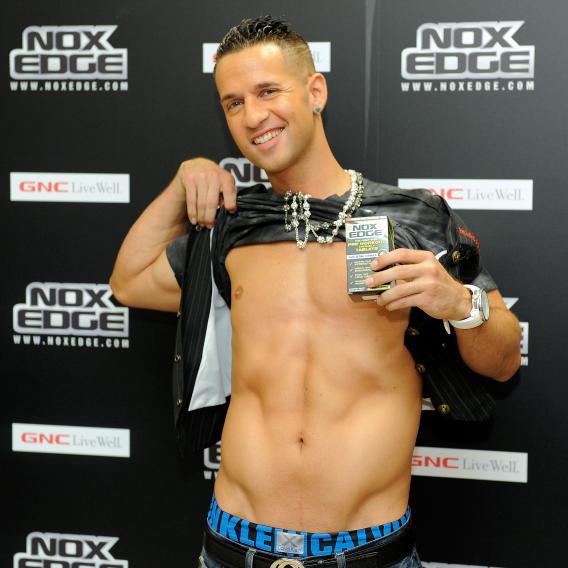The notion that straight men have become increasingly interested in their personal appearance has been around since at least the early aughts. While not at all precise, I’d place an origin moment at sometime in early 2003, just after the advent of the metrosexual and on the eve of Queer Eye for the Straight Guy. Since then, popular culture has become increasingly interested in the idealized male form and, at the same time, less shy about discussing the tweezing and tanning and P90Xing it takes to become an Adonis. Numerous beauty products have emerged, repackaged, for men, and documentarian Morgan Spurlock apparently finds the topic so intriguing that he’s currently at work on a film about the trend.
In the midst of all this cultural squawking over the implications of Ryan Reynolds’ abs for the future of America, it may come as a surprise to read that teenage boys still just want to look like your average Joe.
In a study recently published in the journal Men and Masculinities, Moss E. Norman led a research group from Concordia University and the University of Manitoba in a nine-month-long series of interviews of boys age 13 to 15 in which the subjects were questioned about their views of male bodies, self-image, and the cultural pressure to fit in. According to EurekaAlert, the results showed that “boys want a body that’s neither too fat nor too skinny; too tall nor too short; too muscular nor too weak.”
The researchers go on to argue that this valorization of the average body reflected a kind of criticism of “idealized male images.” Norman noted that the boys “found it problematic, feminine or vain to be overly concerned with appearances.”
While I doubt that any 13-year-old boy said that something was “problematic,” I have to admit that I’m not really surprised by this finding. The age of the sample group pretty much guarantees that the boys are going to be desperately trying to fit in with their peers—an excess of muscle or flab alike will draw unwanted attention. Furthermore, while the pressure to look studly may be up, boys still have a larger selection of image models to choose from than girls do: Channel-surf network television any given weeknight and you’re as likely to come across a jolly fat man with a hot wife as an overwrought action hero with the same.
Still, the study does do well in drawing attention to an idea that’s often unacknowledged—but insidiously pervasive—in these discussions: the supposedly pitiable “double-bind” of masculinity. As the pressure to keep trim and groomed increases, men are faced with the paradox of simultaneously having to appear as if they don’t care about their looks at the risk of appearing feminine or, quelle horreur, gay. For example, the current popularity of the beardy, bed-head, rugged look is likely a response to this puzzle—it most certainly takes work to maintain but doesn’t betray the obvious handicraft of a more manicured style.
The boys in this study intuitively sense that they’re caught between the proverbial jar of pomade and can of PBR—they know that looks matter but that it matters to look too much. While I find it hard to have sympathy on a personal level for such a problem, the larger social effects of the tension—ranging from sexism against “prissy” girls to base homophobia—are serious indeed. Until boys and men in our culture are permitted to discuss gender expectations openly, this anxiety will only continue to stew.
